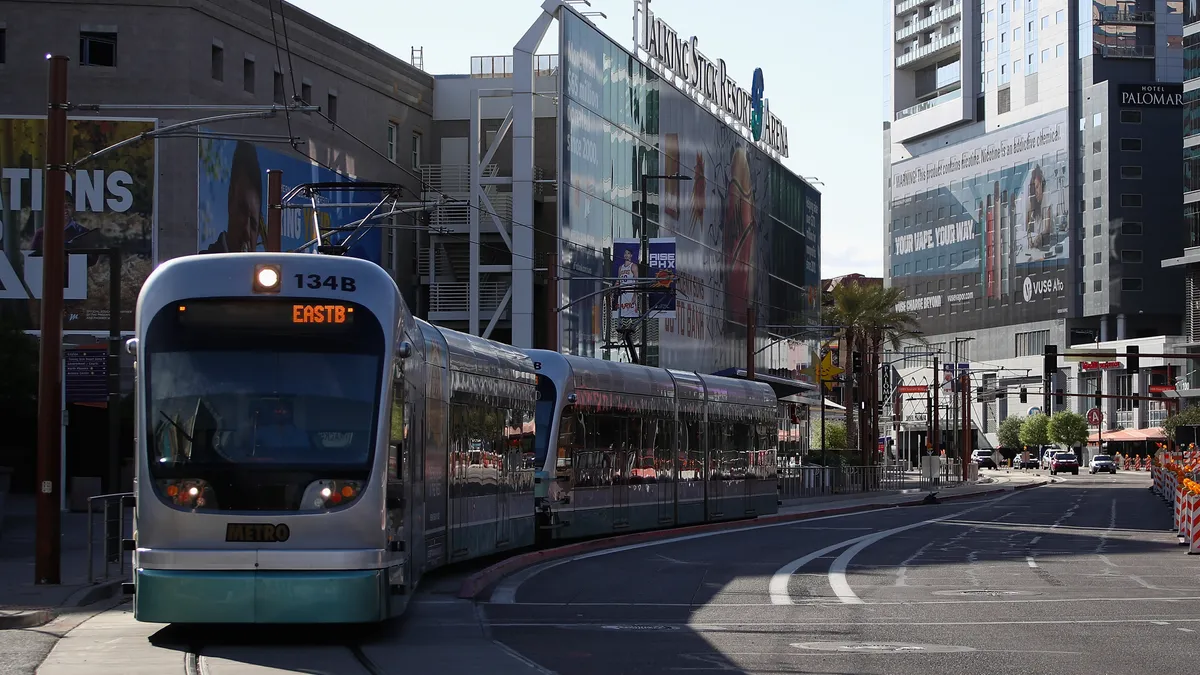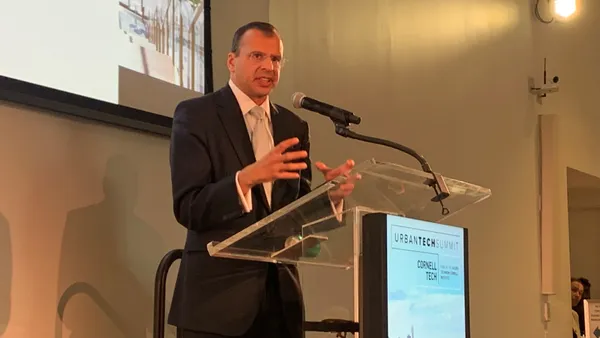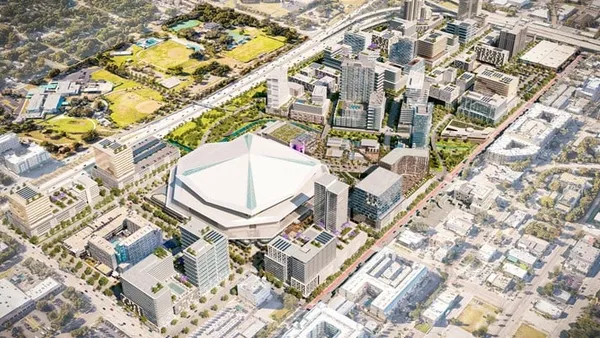Apartment building is projected to hit a 30-year high this year, with an additional 426,000 units nationwide, driven by sweat-building construction in the Sun Belt, and trend-leader Nashville, according to RealPage, a data analytics and property management software provider
Many of these hot cities should see at least a 5% increase in apartment stock this year, driven by long-term migration trends, pandemic-geographic shifts, 40-year inflation, and deep pockets of institutional investors looking for higher returns.
Last year, the South was the only region with positive net domestic migration, according to the U.S. Census Bureau. Florida, Texas and Arizona posted the largest net migration gains among all states. They also boast four of the 10 cities with the largest expected inventory growth.
The exodus to the Sunbelt is often a trail of dollars.
"We have always had a high immigration from California ... and that magnified with COVID-19," said Alan Stephenson, Phoenix’s incoming deputy city manager and planning and development director since 2013.
Markets with the largest expected inventory growth in 2022
| Market | Scheduled Units | Inventory Change |
| Nashville | 11,435 | 6.9% |
| Austin | 18,375 | 6.8% |
| Phoenix | 21,618 | 5.7% |
| Raleigh/Durham | 9,190 | 5.3% |
| Salt Lake City | 5,827 | 5.0% |
| Jacksonville | 6,018 | 4.8% |
| Seattle | 15,958 | 4.4% |
| Charlotte | 8,989 | 4.3% |
| Orlando | 9,788 | 3.9% |
| Denver | 11,122 | 3.5% |
SOURCE: Real Page
As people move south, institutional money has followed.
"There are more dollars going into areas like Dallas, Atlanta, Phoenix, the Carolinas, Nashville, Denver and those kinds of places," said Jay Parsons, vice president and deputy chief economist at RealPage. "Most of that is [because of] apartment demand fundamentals," but the trend started before the pandemic."
Traditionally, institutional investors focused on the expensive coastal cities, where rents were high. Their rationale was that competition from homes for sale and other apartments gave renters other options in the Sun Belt. But rents have risen in these Southern markets during the 2010s. For instance, Dallas and Fort Worth saw rent gains of 6% and 7% in 2016, according to RealPage.
Parson contends that those assumptions were never true.
The strong returns in the Sun Belt overshadow the coastal cities since the Great Recession: "COVID-19 awoke more investors to this broader trend ... Sunbelt markets have been undervalued and we're seeing that corrected right now," he said.
Development demand
While many of those investors are looking at existing apartments, there is also strong demand for new buildings.
"We've got so much equity chasing us right this minute," said Steve Hallsey, executive vice president of operations for Atlanta-based Wood Residential Service.
Wood’s pipeline includes deals in cities like Nashville, Dallas and Austin, Texas, where skyscraper-tall cranes reshape the skyline. "We're building like crazy," Hallsey said. "But that's the development mindset. You take advantage of where you can get the land, and if you can get it, you move forward."
In Phoenix, there are some new apartments for the middle class that will go on the market as rents rose an astronomical 26% in late 2021, according to RealPage. "If you really dove into it, you would see that there are more Class A apartments that are being built on the high side of the market," Stephenson said.
While fears of overdevelopment in the Sunbelt probably started with the pioneers, these cities have absorbed new apartments in every real estate cycle as people seek jobs in vibrant city centers.
Similarly, since the financial crisis, Nashville; Austin; Phoenix; and Charlotte, North Carolina, all had occupancy rates above 97% at year-end, according to RealPage.
Some 40% of Americans live in apartment housing, and the current economic and geographic trends will propel this trend for the coming years.
"The U.S. is under-housed," said James McCormick, head of acquisitions and dispositions at Chicago-based apartment owner, manager and developer AMLI Residential. "This is especially true in cities like Austin and Denver that are seeing outsized net in-migration."
Click here to sign up to receive multifamily and apartment news like this article in your inbox every weekday.













